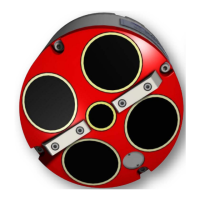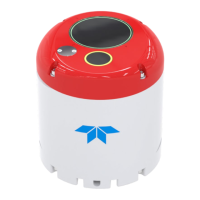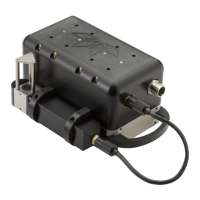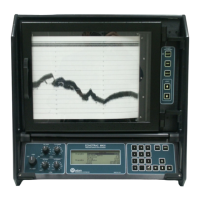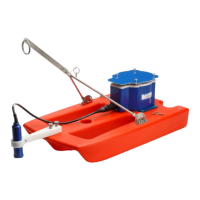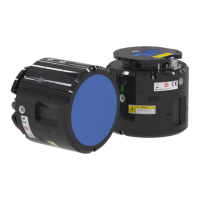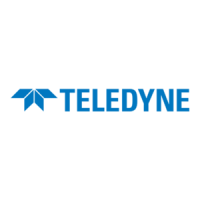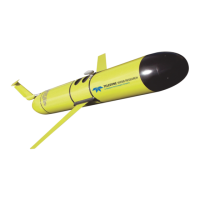Why is my Teledyne RIVERPRO Bluetooth connection intermittent?
- LLisa TurnerAug 4, 2025
An intermittent Bluetooth connection on your Teledyne Marine Equipment could be due to several factors. Ensure the PC is within a clear line of sight to the RiverPro/RioPro, as being out of range can cause this issue. Also, if the RiverPro/RioPro's internal temperature is above 50° C, move it to a cooler location. If the system hasn't been powered up for a while, the RTC circuit might be discharged, leading to a system error. Leave the power on for a few minutes to charge the capacitor and then cycle the power to clear the error. Verify the RTC clock is set by sending the T? command. If the system date/time is incorrect, use the TS command or application software to set the time.
